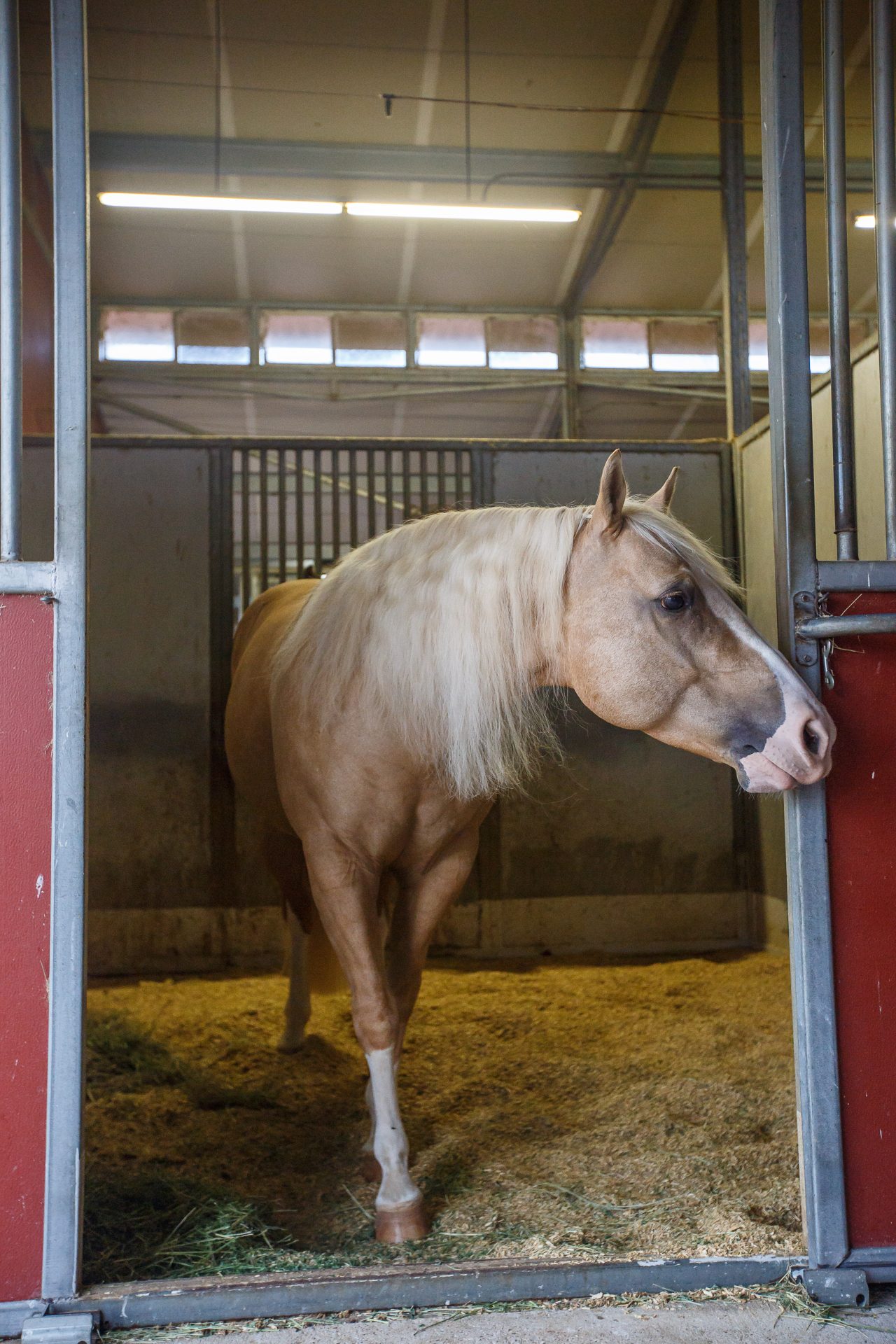The culture of your business has nothing to do with museums or world travel. It’s all about how you treat your employees and how they feel about working for you.
By Katie Navarra

Have you ever thought about how former or current employees talk about what it’s like to work at your barn? Do they say they’re fulfilled or is each day a grueling grin-and-bear-it existence until another opportunity comes along?
Whether it’s positive or negative, how your employees feel at work impacts their ability to perform. Nurturing a positive workplace culture improves morale and productivity and ultimately helps your barn achieve the next level of success.
Nearly 60% of employees have left a job or are thinking about leaving because of a bad boss, according to a survey by Randstad US. While inadequate pay and benefits were among top-ranked reasons for leaving a job, many workers reported leaving because of negative experiences and a poor workplace culture—factors you can improve with better leadership.
Turnover is costly. Every time you hire a new employee, you invest time and resources into teaching them the ropes. Being short-staffed can make it difficult to accomplish the daily chores until someone new can be hired and trained. The unexpected loss because of a poor working environment is something that can be avoided. And if word gets on the street that the status of working at your barn isn’t worth the discomfort, it’ll became harder and harder to find good staff.
Culture is everything; it’s not something you add, according to Chuck Blakeman, CEO of Crankset Group. Blakeman has consulted with Google, Apple, Microsoft, and other widely recognized companies teaching leaders the importance of culture.
We’ll cover six aspects of workplace culture in this article.
Part 1: What Is Workplace Culture?
Part 3: Communicate What’s Happening
Part 4: Empower Employees to Make Decisions
What Is Workplace Culture?
When you think of culture, chances are you think of the traditions or customs associated with a nation or group of people—for example, the Caribbean culture or the European culture. Culture is the customs, arts, social institutions, and achievements of a particular nation, people, or other social group.
At work that translates into a shared set of assumptions that are shaped by you, the boss.
Businesses spend thousands, sometimes millions, trying to “make” a better culture. There’s a lot of buzz about tech companies that offer on-site gyms, coffee bars, on-site medical staff, and more. But beware, even in multi-million-dollar companies, these incentives cannot overcome a bad culture.
“One of the biggest mistakes businesses make is equating perks with culture,” he said. “Things like ping-pong tables and free lunches are just perks.”
Blakeman also cautions bosses about confusing great compensation with a good culture. Just because your barn may pay better than another or offer a stronger benefits package doesn’t mean your barn is a better place to work. “Our society has a skewed understanding of what incentives are,” Blakeman said. “When the pay is on par with the industry, the money falls at the bottom of the list.”
Read the rest of this article at the links above



